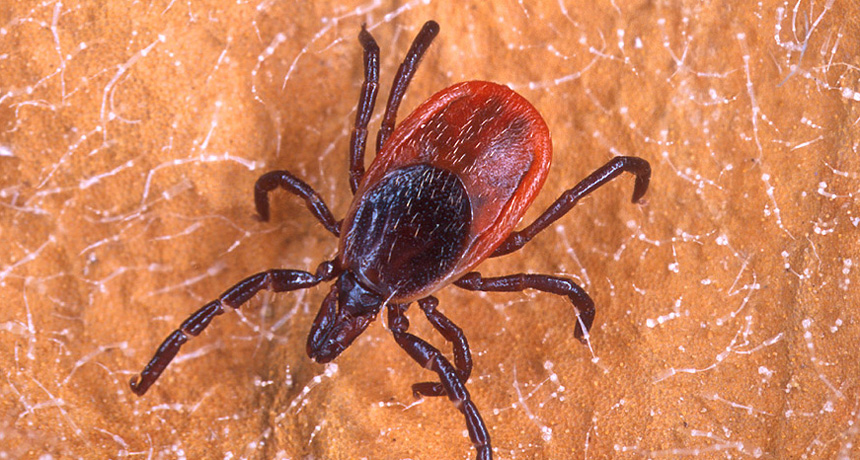Climate change may spread Lyme disease
Balmy seasons have already expanded the territory of the ticks that carry the bacteria

GETTING AROUND Ixodes scapularis (shown), a deer tick that spreads Lyme disease, may reach new locations because of global warming.
Scott Bauer/ARS/USDA






